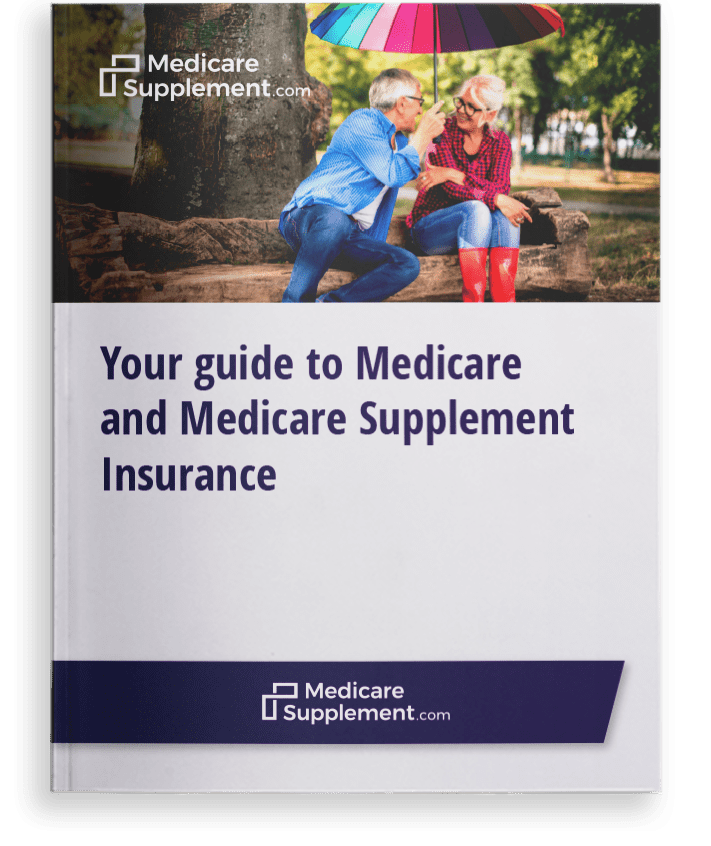Comparing plans
What are HMO and PPO Plans and How Do They Work?
A Health Maintenance Organization (HMO) is a type of health insurance plan that, in most cases, restricts policyholders from seeking care outside of its provider network.
A Preferred Provider Organization (PPO) is a type of managed care organization that provides access to a network of doctors, hospitals, labs, pharmacies and other health care professionals.
Learn more below about Medicare HMOs and PPOs, as well as a few other Medicare insurance options that may be available to you.

How Do HMO Plans Work?
In most cases, HMOs don’t offer health care services from providers who aren’t within their networks, with the exception of emergency medical care.
HMOs also sometimes require that you live or work in their service area.
With most HMOs, you select a primary care physician (PCP). All of your health care services will then be coordinated through that doctor.
If you need other medical services, your primary care doctor will make a referral — except in emergencies, in which case a referral is not required.
The costs for services you receive outside the HMO network will generally not be covered. HMO plans often focus on prevention and wellness measures, as well as integrated care.
Compare Medigap plans in your area.
Find a planOr call now to speak with a licensed insurance agent:
1-800-995-4219
Are PPO Plans a Good Choice?
A Preferred Provider Organization (PPO) is a type of managed care organization that also utilizes a provider network. These providers, called “preferred providers,” have agreed to offer their services at a discounted rate.
However, unlike an HMO plan, you can receive plan coverage for providers outside of the network. However, it will typically be more expensive when you go outside of your plan network.
Some PPOs will allow you to visit a specialist without first getting a referral from a primary care physician within your network. But for the more expensive treatments, you will in most cases need to get that referral.
Medicare Supplement Insurance vs. HMOs and PPOs
If you are a Medicare beneficiary, you may have heard of HMO and PPO plans if you are considering enrolling in a Medicare Advantage plan. Most Medicare Advantage plans are either HMO or PPO plans.
But there's an alternative that doesn't restrict you to a provider network.
Medicare Supplement Insurance (also called Medigap) works alongside your Original Medicare (Medicare Part A and Part B) benefits by helping pay for out-of-pocket medical costs such as deductibles, coinsurance and copays without limiting your choice of health care providers.
If your provider accepts Medicare, they'll also accept your Medigap plan. This is true anywhere in the U.S. and U.S. territories where Medicare is accepted.
If maintaining your freedom to choose your health care provider is important to you, and if you want health insurance coverage that can travel with you no matter where you live or if you move, you may want to consider Medicare Supplement Insurance.
The chart below shows the benefits that are offered by each of the types of standardized Medigap plans that are available in most states.
Scroll to the right to continue reading the chart
Medicare Supplement Benefits
Part A coinsurance and hospital coverage
Part B coinsurance or copayment
Part A hospice care coinsurance or copayment
First 3 pints of blood
Skilled nursing facility coinsurance
Part A deductible
Part B deductible
Part B excess charges
Foreign travel emergency
| Medicare Supplement Benefits | A | B | C* | D | F1* | G1 | K2 | L3 | M | N4 |
|---|---|---|---|---|---|---|---|---|---|---|
| Part A coinsurance and hospital coverage | ||||||||||
| Part B coinsurance or copayment | 50% | 75% | ||||||||
| Part A hospice care coinsurance or copayment | 50% | 75% | ||||||||
| First 3 pints of blood | 50% | 75% | ||||||||
| Skilled nursing facility coinsurance | 50% | 75% | ||||||||
| Part A deductible | 50% | 75% | 50% | |||||||
| Part B deductible | ||||||||||
| Part B excess charges | ||||||||||
| Foreign travel emergency | 80% | 80% | 80% | 80% | 80% | 80% |
* Plan F and Plan C are not available to Medicare beneficiaries who became eligible for Medicare on or after January 1, 2020. If you became eligible for Medicare before 2020, you may still be able to enroll in Plan F or Plan C as long as they are available in your area.
+ Read moreCall today to speak with a licensed insurance agent who can help you compare your Medigap plan options.
Compare Medigap plan costs in your area.
Find a plan
Christian Worstell is a health care and policy writer for MedicareSupplement.com. He has written hundreds of articles helping people better understand their Medicare coverage options.

Get a Free Medicare Guide!
Enter your email address and get a free guide to Medicare and Medicare Supplement Insurance, as well as important Medicare news and tips. We promise to never send you spam – just helpful content!
By clicking "Get your guide" you are agreeing to receive emails from MedicareSupplement.com.

